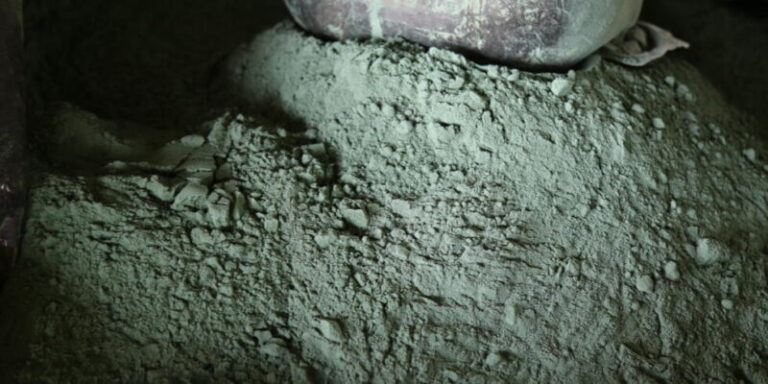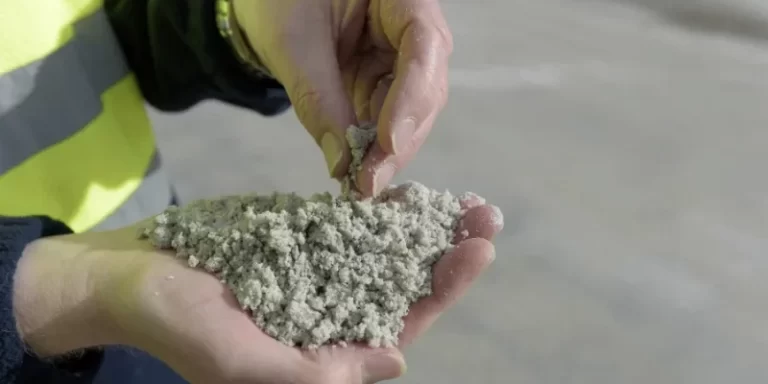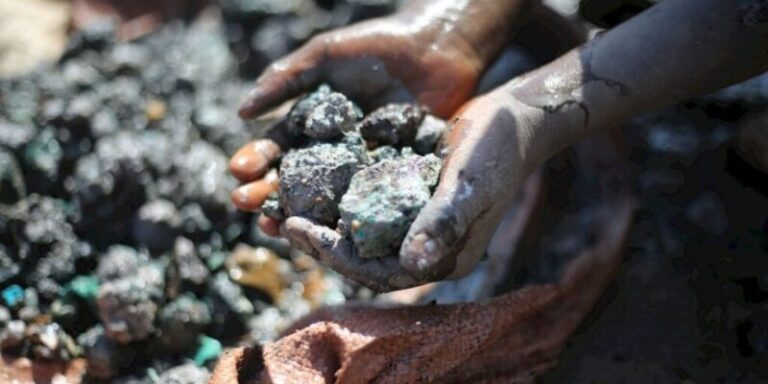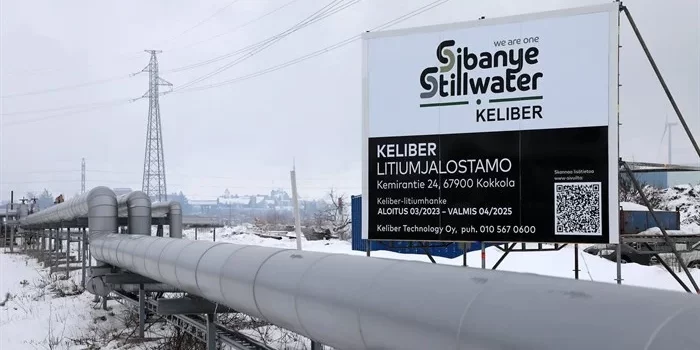
Namibian metals mining company Andrada Mining on September 18 confirmed that all drill holes – from assay results for the remaining reverse circulation (RC) exploration drilling results of an initial scouting programme undertaken with the ML133 mining licence area (Lithium Ridge) – intersected mineralised pegmatites, with spodumene and petalite identified as the primary lithium minerals.
Building on the channel sampling programme, whose results highlighted the potential of the mineralised pegmatites, an exploration drilling programme was implemented to investigate the continuation of selected lithium-enriched pegmatites at depth.
The Lithium Ridge project is within the ML133 mining licence area situated about 35 km southeast of the Uis mine, along the D1903 road linking to the B2 highway.
This licence area is situated within the NaiNais–Kohero pegmatite belt and is the location of the former tin- and tantalum-producing TinTan mine.
Andrada has also announced the results of the remaining 11 of 24 holes drilled. The programme indicates that the targeted pegmatites continue at depth, and these analytical results confirm the presence of significant lithium and associated tin mineralisation within multiple pegmatites.
“The second and final batch of drill results confirm the potential of Lithium Ridge and confirm that the 6 km of mineralisation at surface continues at depth.
“As previously stated, these results for the remaining 2 km of strike indicate intersections at higher lithium grades than those recorded at Uis and are commensurate with similar hard-rock resources globally,” states Andrada CEO Anthony Viljoen.
“We are encouraged that these results also have tin grades similar to those at Uis, which will be investigated for by-product potential.
“Following the production of a saleable lithium concentrate from Lithium Ridge in May this year, the recently commissioned lithium pilot plant will, when completed, facilitate the determination of an optimal flow sheet as the development advances,” he added.
RESULTS OVERVIEW
The programme comprised 24 RC drill holes for a total of 1 900 m drilled, yielding about 800 samples for chemical analysis.
The programme was undertaken to investigate the subsurface morphology and metal endowment of selected pegmatite bodies which contain elevated lithium values at surface.
Since this programme has been undertaken over an area Andrada considers to be greenfield, the approach has been one of caution in evaluating the potential of each pegmatite.
Owing to the favourable results of this programme, the company is likely to implement additional drilling programmes with a view to defining a Joint Ore Reserves Committee-compliant resource within this area in the future.
The results indicate a pegmatite intersection from the top to the bottom contact.
Samples with RC chips indicating the presence of xenolith material have been included within the reported intersection.
The intersections reported as “including” represent higher-grade intervals within the total intersection of the selected pegmatites.
All the drill holes were drilled at an angle of 60° from the horizontal, except for drill hole ATNN21, which was drilled 55° from the horizontal.
The reported pegmatite intersections should still be considered to represent apparent widths.
All reported holes were drilled by RC methodology at an inclination of 60° from the horizontal. Downhole surveys using a magnetic deviation probe at 2 m intervals were completed for each hole immediately after drilling, and collar locations were surveyed using a differential global positioning system.
Owing to the undulating dip angle of the pegmatites, the intersections are assumed to be an indication of apparent thickness, which is greater than true thickness.
Other minor pegmatites identified in drill holes have not been reported as they are not currently considered to be of economic significance.
Each drill hole was geologically logged and sampled at 1 m intervals, with the entire RC sample being dispatched to the laboratory for preparation.
The sample analysis was undertaken by South Africa-based independent laboratory UIS Analytical Services using a peroxide fusion.
Inductively coupled plasma optical emission spectroscopy (ICP-OES) analysis was used for major and minor elements, while ICP mass spectrometry (ICP-MS) was used for the trace elements. No top cut was applied in calculating the weighted average of the intersections.





